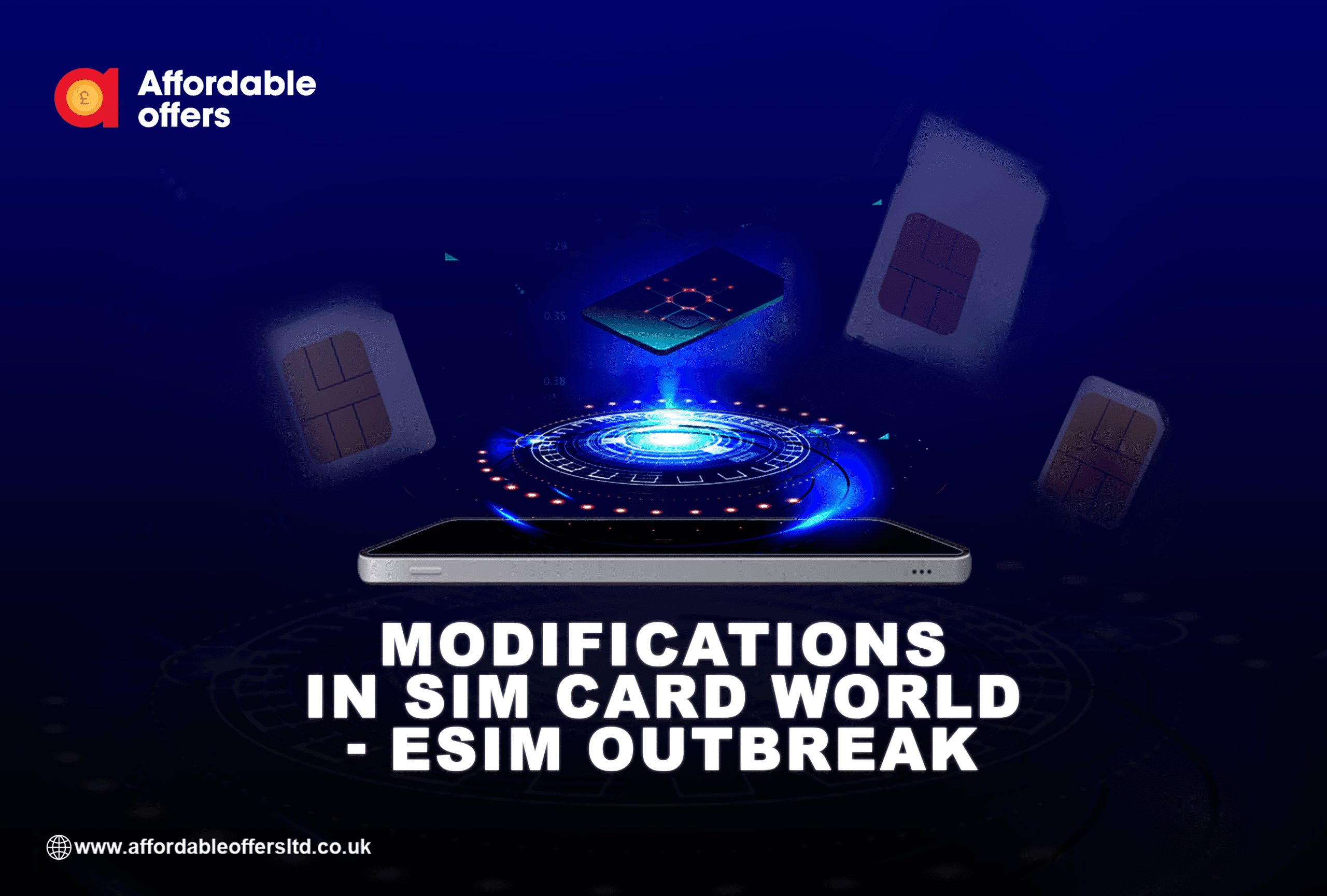
Over the years, SIM cards have become an integral part of mobile technology. They are a small piece of plastic that stores data and information about your phone, your plan, and your provider. However, with the development of eSIM technology, the traditional or physical SIM card is becoming a thing of the past, and gradually fading.
An eSIM, or embedded SIM, is a small chip that is soldered directly onto your device’s circuit board. It stores the same information as a traditional SIM card, but without the physical card itself. It means that eSIMs are much smaller than traditional SIM cards, taking up less space in your device.
The benefits of eSIMs are numerous. They allow users to switch between providers without having to physically change their SIM card. So, you can easily change your provider when traveling abroad or even finding a better deal with a different one. Additionally, eSIMs are more secure than traditional SIM cards since they cannot be physically removed or swapped without access to the device itself.
The technology behind eSIMs has been around for a while, but it’s only being popular for a short period of time.
Apple was one of the first companies to adopt eSIM technology with the release of the Apple Watch Series 3 in 2017. Since then, other companies have followed that, with more and more devices now coming equipped with eSIMs.
The move towards eSIMs is part of a broader trend towards greater connectivity and integration between devices. With the rise of the Internet of Things (IoT), more and more devices are becoming connected to the internet. eSIMs make it easier for these devices to connect to cellular networks, without the need for physical SIM cards.
The adoption of eSIMs is also a response to the growing demand for more flexible and customisable mobile plans. With eSIMs, users can easily switch providers or plans, without the need for traditional SIM cards or trips to the network providers’ store. Thus, users can find the plan that works best for them, and change it as their needs change.
Of course, the move towards eSIMs is not without its challenges. Some users may be hesitant to adopt such technology, either due to concerns related to security or simply because it’s a new technology. Additionally, some providers may be slow to adopt eSIMs, which could limit the number of devices that are compatible with the technology.
Despite these challenges, it’s getting more obvious that eSIMs will continue gaining popularity in the coming years. As more devices come equipped with eSIMs, and more carriers adopt the technology, eSIMs will become an increasingly common feature of mobile technology. For users, this means greater flexibility and convenience, as well as increased security and integration between devices.
Seriously, eSIM technology represents a significant evolution in the world of mobile technology. While traditional or physical SIM cards have served us well for many years, eSIMs offer greater flexibility, convenience, and security. As more devices come equipped with eSIMs, and more providers adopt the technology, eSIMs are set to become an increasingly common feature of mobile technology.
